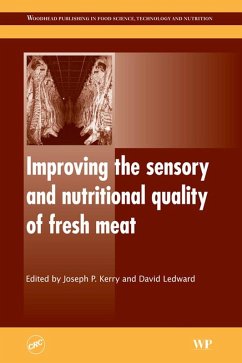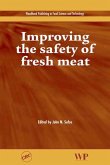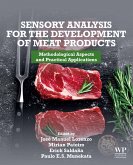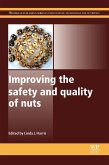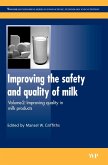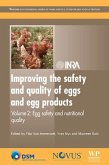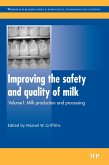Part one analyses the scientific basis of meat quality attributes, such as texture and tenderness, colour, water-holding capacity and flavour development. Chapters on the nutritional quality of meat and meat sensory evaluation complete the section. Part two discusses significant insights into the biology of meat quality obtained from genomic and proteomic perspectives, with chapters focussing on different types of meat. Parts three and four then review production and processing strategies to optimise meat quality, considering aspects such as production practices and meat nutritional quality, dietary antioxidants and antimicrobials, carcass interventions, chilling and freezing and packaging. Methods of meat grading and quality analysis are also included.
With its distinguished editors and international team of contributors, Improving the sensory and nutritional quality of fresh meat is a standard reference for those industrialists and academics interested in optimising meat quality.
- Reviews methods to improve meat sensory and nutritional quality considering the effects of different production practices such as chilling, freezing and packaging
- Analyses the scientific basis of meat quality attributes covering texture, tenderness, colour and water-holding capacity
- Examines production and processing strategies to optimise meat quality, including the current state of development and future potential
Dieser Download kann aus rechtlichen Gründen nur mit Rechnungsadresse in A, B, BG, CY, CZ, D, DK, EW, E, FIN, F, GR, HR, H, IRL, I, LT, L, LR, M, NL, PL, P, R, S, SLO, SK ausgeliefert werden.

